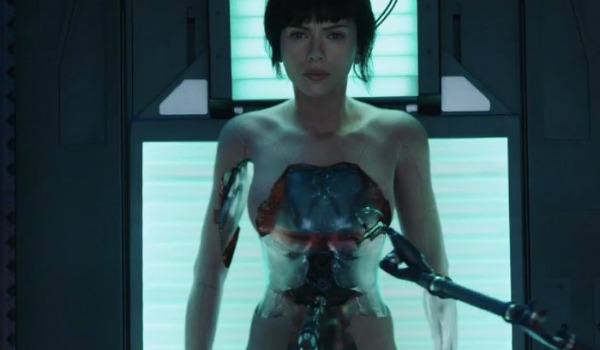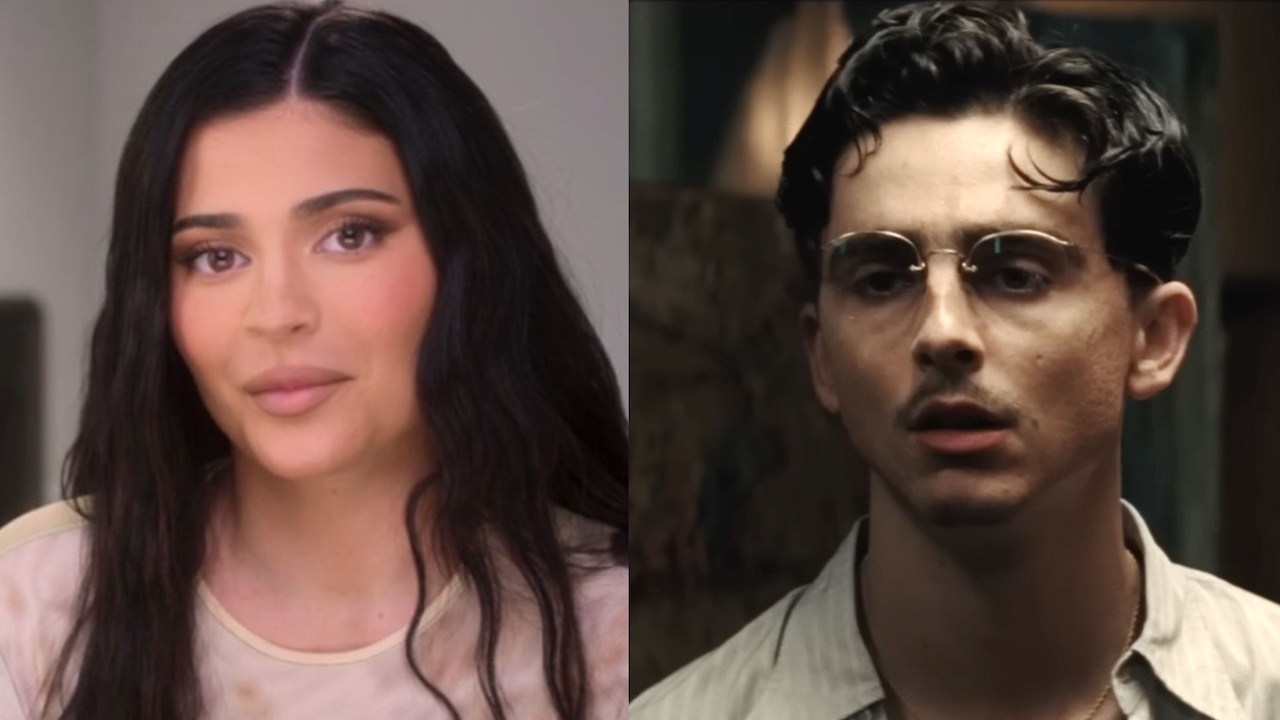To 3D Or Not To 3D: Buy The Right Ghost In The Shell Ticket

The American remake of Ghost In The Shell has been a long time coming. Originally touted in 2008, it was eventually decided that director Rupert Sanders and Scarlett Johansson would be the ones responsible for making the American version of the beloved and ground-breaking manga.
As well as the pressure of doing the source material justice, one of the duo's many other tasks was bringing the futuristic version of Tokyo to life in a vibrant and alluring fashion. The use of 3D was always going to be integral in achieving this goal, while its deployment in action sequences would also allow viewers to feel more involved and invested.
We're going to take a look at how well Ghost In The Shell actually used 3D by giving it the To 3D Or Not To 3D treatment. If you want a proper review you can find that here. But if you want to know if Ghost In The Shell is worth spending a few extra pennies on so that you can watch it in 3D, then have a gander below.
Ghost In The Shell is certainly ripe enough to be a 3D film. First of all, the fact that it's a sci-fi film gives it plenty of scope to play with, especially since it is packed to the brim with robots, each of which have appendages that surprisingly open up and embark on violence. Plus, the film is set in a futuristic Tokyo, where giant holograms hover over the city and advertise to people below. It is also an action film, too, meaning that as these scenes unfold, director Rupert Sanders and his 3D team could have bullets and debris fly towards us, or utilize the depth of field to show us what's going on further away.
The problem is Ghost In The Shell just doesn't use its 3D enough. It actually gets off to a really good start with it, though, as the 3D in the shelling sequence is smoothly and grippingly incorporated, as it is for the first action sequence, too. In fact, during this period of the film, you're more worried that it's actually going to be overused. But those worries don't last long, and are in fact instantly reversed as the 3D dwindles so much that it becomes non-existent. Yes, it is constantly present with the aforementioned holograms, but only barely and not to an eye-catching extent. In fact, by the end of Ghost In The Shell, the use of 3D has become so absent that the two occasions it was superbly deployed are a distant memory.
Again, during the shelling and first action scene there are a number of items that come out of the screen that draw your attention. They're not necessarily used in an engaging or correct manner, as there's at least one occasion where it's so brazenly presented that you're taken out of the cinematic moment, but it's certainly noticeable. However, Ghost In The Shell gets such a low score in this category because right at the end of the film it includes the most gratuitous and pointless use of before the window 3D that I have ever seen. I can't get into too much detail because doing so would force me to reveal a spoiler, but it includes water, and is genuinely laughable.
Ghost In The Shell deserves a little more credit for its use of beyond the window, as it is wisely used to add to the expanse and bustle of Tokyo. It's just a pity that there's not enough going on in the background to really warrant it. There's also a nice underwater sequence that features The Major swimming amongst the fishes that utilizes it impressively. But it is all a little rudimentary and as Ghost In The Shell continues on, and the action sequences dry up, it becomes less prominent or apparent.
Your Daily Blend of Entertainment News
It feels harsh to score Ghost In The Shell so low on its brightness because Rupert Sanders and cinematographer Jess Hall clearly use a dank color palette to bring a grittiness to its urban setting, a la films like Blade Runner. But there were opportunities to make the color and brightness of its holograms truly pop. There's also seemingly a constant shadow hanging over the film that repeatedly diffuses any potential color or brightness from emerging, too. That was clearly Rupert Sanders' intention, so you can't criticize the film for being so visually cold. But it also means that you probably shouldn't pay the extra dosh to see Ghost In The Shell in 3D.
At this point it should be clear that Ghost In The Shell's flirtation with 3D was more fleeting than serious. So much so that on several occasions when I took off my glasses while watching the film there was hardly any blur. Usually, the more blur there is, the better the depth of the 3D, which proves that there were many occasions when Ghost In The Shell use of the technology was minimum.
It's hard to feel sick when the 3D technology is hardly being used at all. To be fair to Ghost In The Shell during the moments when the 3D is more prevalent it is incorporated seamlessly, and the shelling sequence especially is proof of what can be achieved with the technology and what it can add to movie-going experience. Bar straining your eyes for actually trying to spot the 3D on show, you feel completely fine and dandy throughout the experience, which is why it deserves full marks.
There's just not enough 3D on show for me to recommend you paying more money to see Ghost In The Shell in the format. Those of you that do will be able to point to the aforementioned shelling and fight scenes as evidence that it was just about worth it. But as it becomes less prominent and basically diminishes entirely, you'll be left feeling as though those involved missed an opportunity to make the futuristic world of Ghost In The Shell rich, resplendent and memorable.Click her to visit our full To 3D Or Not To 3D Archive.

